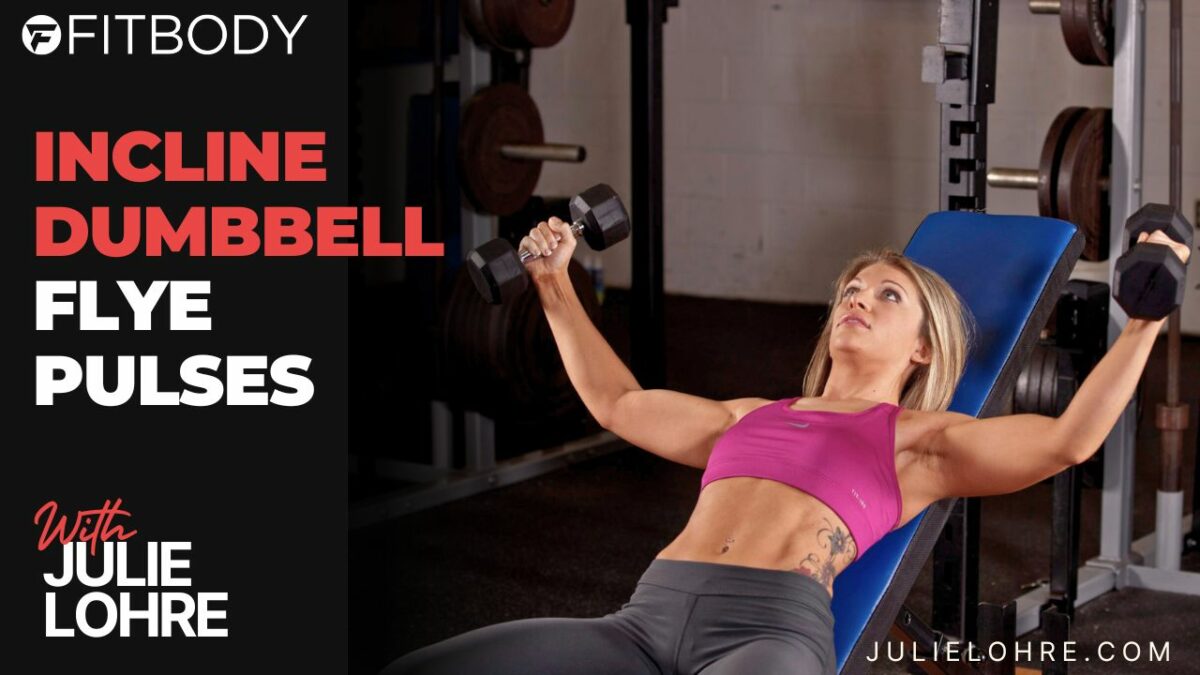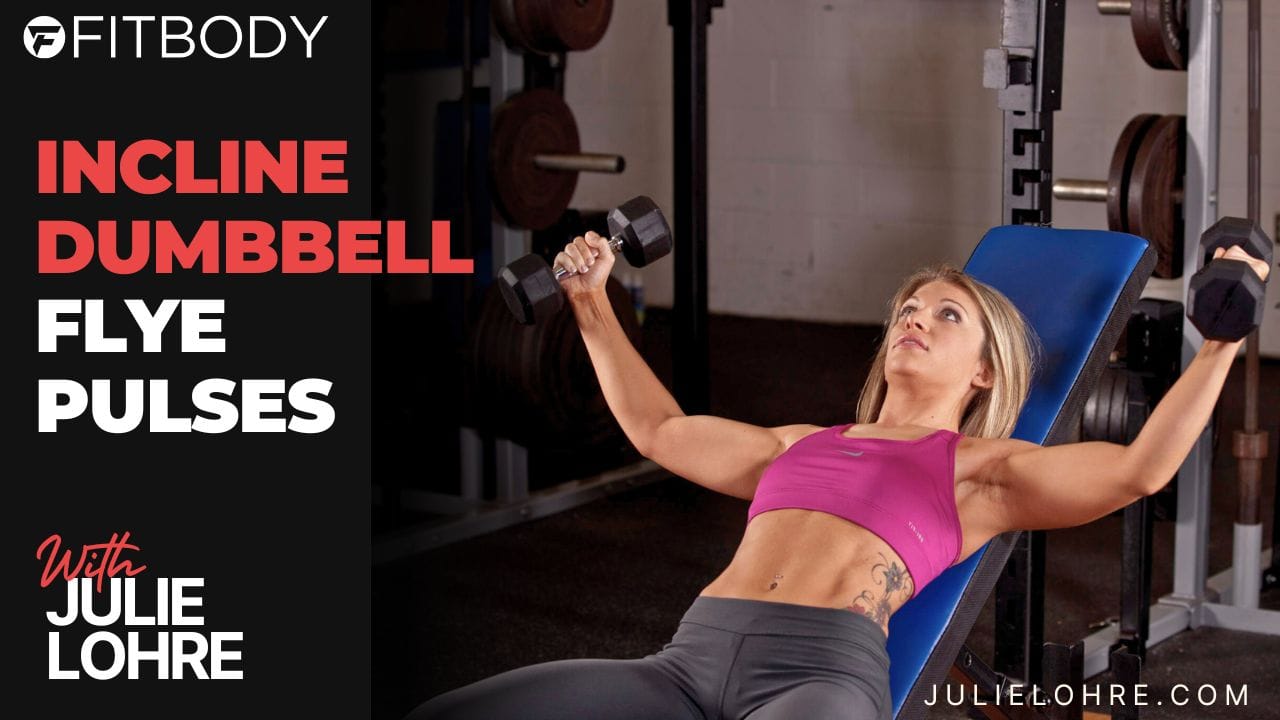
Incline Dumbbell Flye Pulses
As an online fitness coach dedicated to empowering women through strength training, I’ve spent over two decades refining workout techniques that not only build strength but also enhance physical appearance. One of my go-to exercises for developing the upper chest area is the incline dumbbell flye pulse or pulsing incline dumbbell flys. This exercise is a powerful variant of the traditional dumbbell flye, designed to target the upper pectorals. It stands out for its ability to induce muscle hypertrophy with minimal movement, relying on constant tension to sculpt and define.
In this article, I will share my expertise on the mechanics, benefits, and proper execution of incline dumbbell pulses. Incorporating this exercise into your routine can significantly improve your upper body strength and aesthetics. Join me as we explore how to elevate your chest workouts, leveraging over 20 years of experience to bring you a technique that combines efficiency with effectiveness, tailored especially for women who are passionate about fitness.
How to do Incline dumbbell flye pulses
The incline dumbbell flye pulse is a fantastic exercise for targeting the upper chest, utilizing a small, pulsing motion to increase time under tension, which can help in muscle hypertrophy and endurance. Here’s a step-by-step guide on how to perform this exercise effectively:
Equipment Needed
- A pair of dumbbells
- An adjustable bench set to an incline (about 45 degrees)
Setup
- Adjust the Bench: Set the bench to an incline position. A 45 degree angle is ideal as it targets the upper pectorals without putting too much strain on the shoulders.
- Select Your Weights: Choose a pair of dumbbells that are light enough to allow for controlled movements but heavy enough to challenge your muscles. It’s better to start lighter and increase weight as you become more comfortable with the movement.
Execution
- Starting Position: Sit on the bench with a dumbbell in each hand. Lean back and press the dumbbells up over your chest, palms facing each other. This is your starting position.
- Lower the Dumbbells: Slowly lower the dumbbells in a wide arc away from each other, keeping a slight bend in your elbows. Stop when your arms are parallel to the floor or you feel a good stretch across your chest, whichever comes first.
- The Pulse: Instead of returning to the starting position, perform a small, pulsing movement upwards for about 1-2 inches, then back down to your lowest point. This pulse should be controlled and focused.
- Repeat: Perform the desired number of pulses, then return the dumbbells to the top position, bringing them together over your chest.
- Continue: Complete the set by doing multiple repetitions of the pulses before resting and proceeding to the next set.
Tips for Effectiveness and Safety for the Incline Dumbbell Flye Pulses
- Keep Movements Controlled: The effectiveness of this exercise lies in the controlled, pulsing motion. Avoid using momentum to lift the weights.
- Focus on Form: Maintain a slight bend in your elbows throughout the exercise to protect your joints and ensure the tension stays on your chest muscles.
- Breathe: Inhale as you lower the dumbbells, and exhale during the pulse upward. Proper breathing helps maintain rhythm and control.
- Start Light: Especially if you’re new to this exercise, starting with lighter weights allows you to focus on form and avoid injury.
- Engage Your Core: Keep your core engaged throughout the exercise to stabilize your upper body and support your spine.
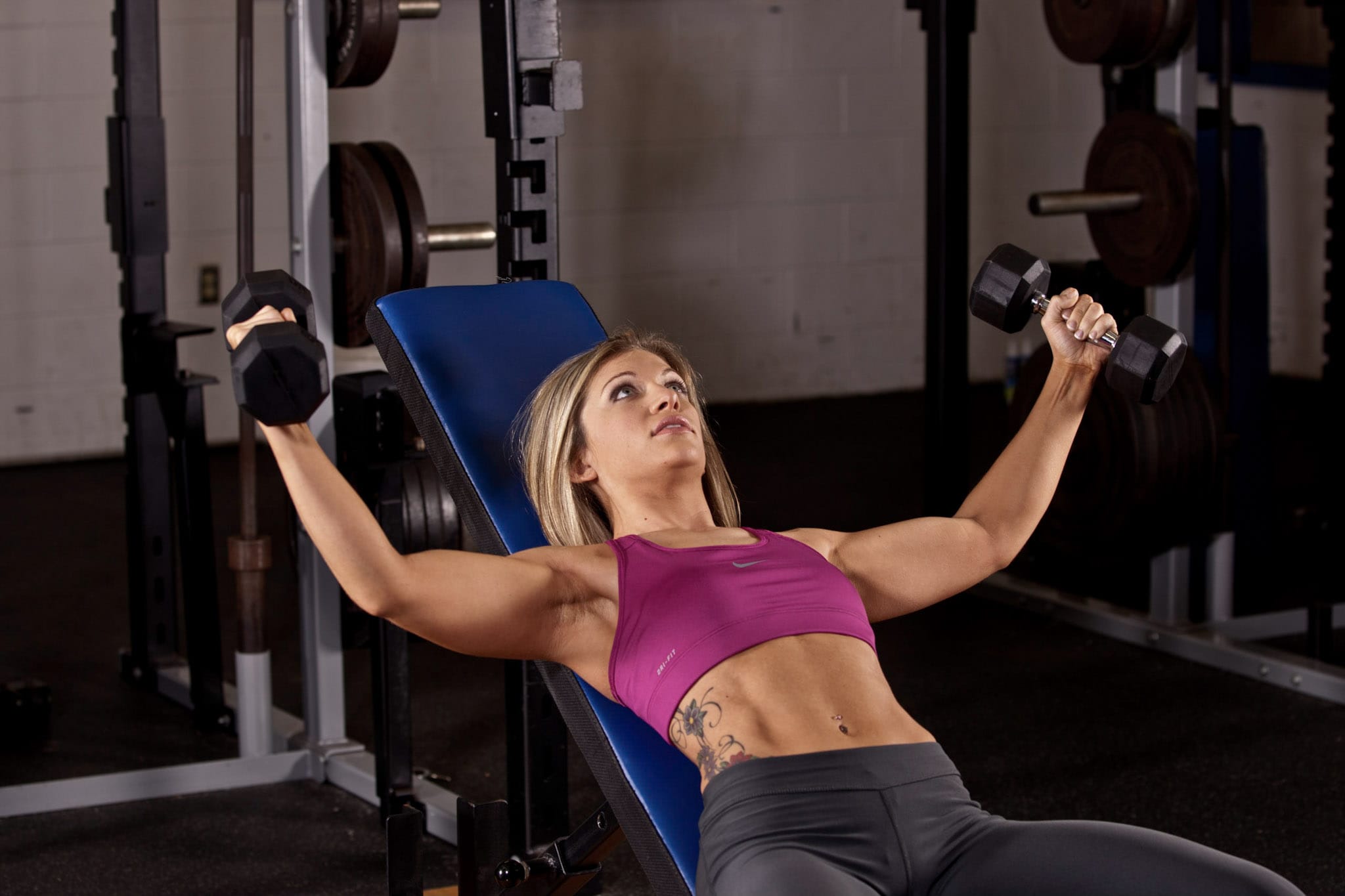
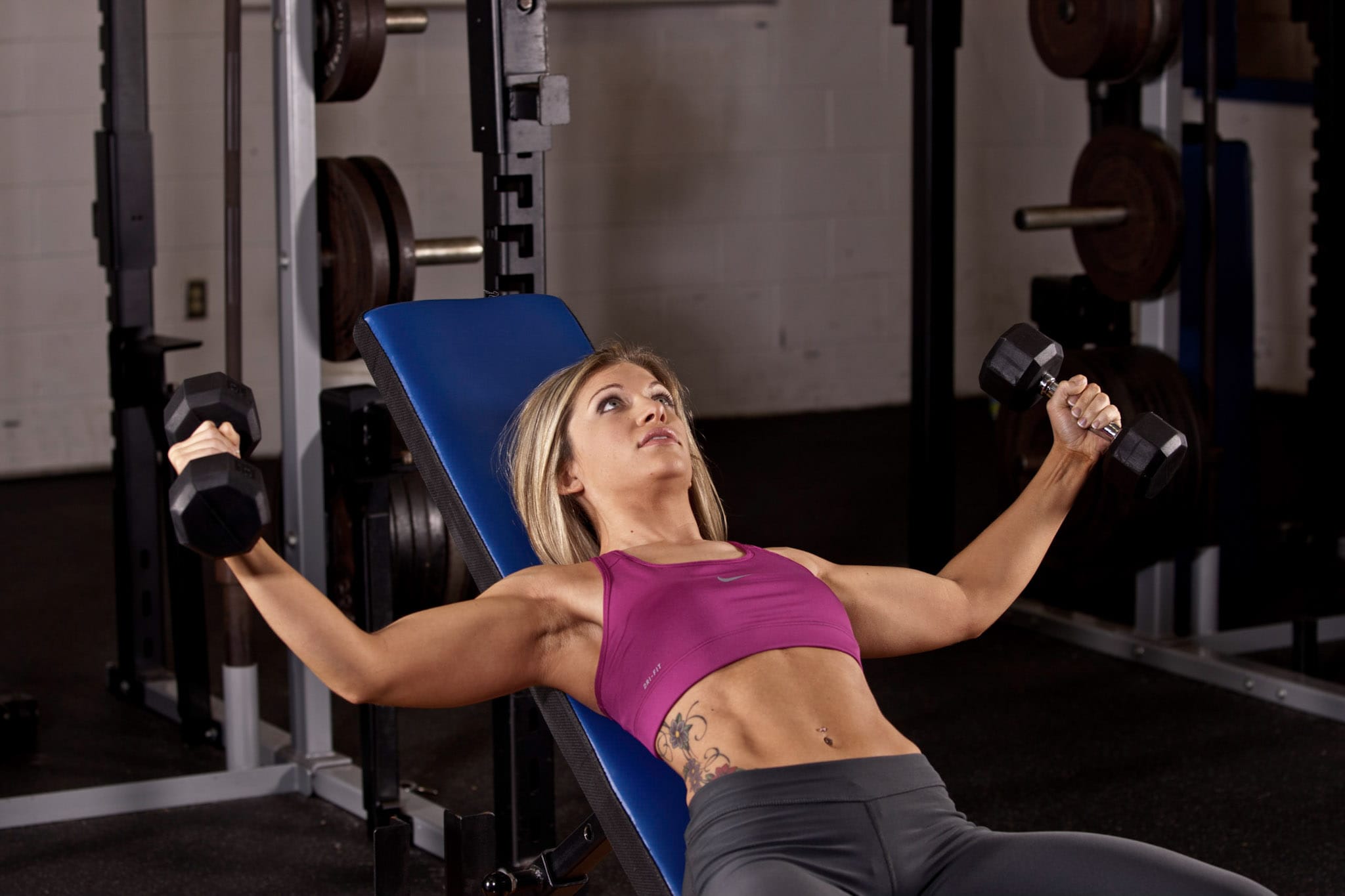
What is the benefit of doing a pulse or small concentrated flex with an exercise like the incline dumbbell flye pulse?
Incorporating a pulse or small concentrated flex, such as in the incline dumbbell flye pulse, brings several benefits to your workout, enhancing muscle engagement, strength, endurance, and aesthetic development. Here’s why this technique can be particularly effective:
Increased Muscle Tension
- Time Under Tension (TUT): The pulsing action increases the time your muscles are under tension within a single rep. Extended tension is critical for muscle growth (hypertrophy) because it can lead to increased muscle fiber recruitment and stimulate growth pathways more effectively than traditional reps alone.
- Constant Tension: By maintaining muscle contraction through pulsing movements, you eliminate the rest phases at the top or bottom of an exercise where tension on the muscle is usually reduced. This constant tension can accelerate muscle growth and strength gains.
Enhanced Muscle Activation
- Micro-Contractions: The small, concentrated flexes involve micro-contractions of the muscle fibers, requiring more fibers to engage than during a static hold or through a full range of motion. This heightened activation can improve muscle endurance and facilitate a deeper mind-muscle connection, making each workout more effective.
- Targeted Muscle Work: Pulsing allows for targeting specific muscle groups more directly. In the case of the incline dumbbell flye pulse, the upper chest is engaged more intensely, which can lead to better definition and separation in this area.
Improved Control and Form
- Form Focus: The controlled nature of pulsing forces you to pay close attention to your form, reducing the likelihood of using momentum to complete a rep. This can lead to better overall technique and a reduced risk of injury.
- Stabilization: Pulsing movements require the engagement of stabilizer muscles to maintain the correct position and movement pattern. This not only strengthens these smaller muscles but also improves your balance and coordination over time.
Versatility and Progression
- Adaptability: Adding pulses to an exercise can refresh a stale workout routine and introduce a new challenge, helping to overcome plateaus.
- Progressive Overload: As you progress, adding pulses can be a form of progressive overload without necessarily increasing the weight. This is particularly beneficial when heavier weights might not be available or when aiming to minimize joint stress.
Aesthetic Enhancements
- Muscle Definition: The focused engagement and increased time under tension can lead to more pronounced muscle definition and hypertrophy, contributing to a more sculpted appearance.
In summary, incorporating a pulse or small concentrated flex into exercises like the incline dumbbell flye pulse intensifies the workout without the need for additional equipment or significant increases in weight. This technique leverages the principles of muscle tension, activation, and endurance to foster strength gains, aesthetic improvements, and enhanced muscle function.
What muscles do incline dumbbell flye pulses work specifically?
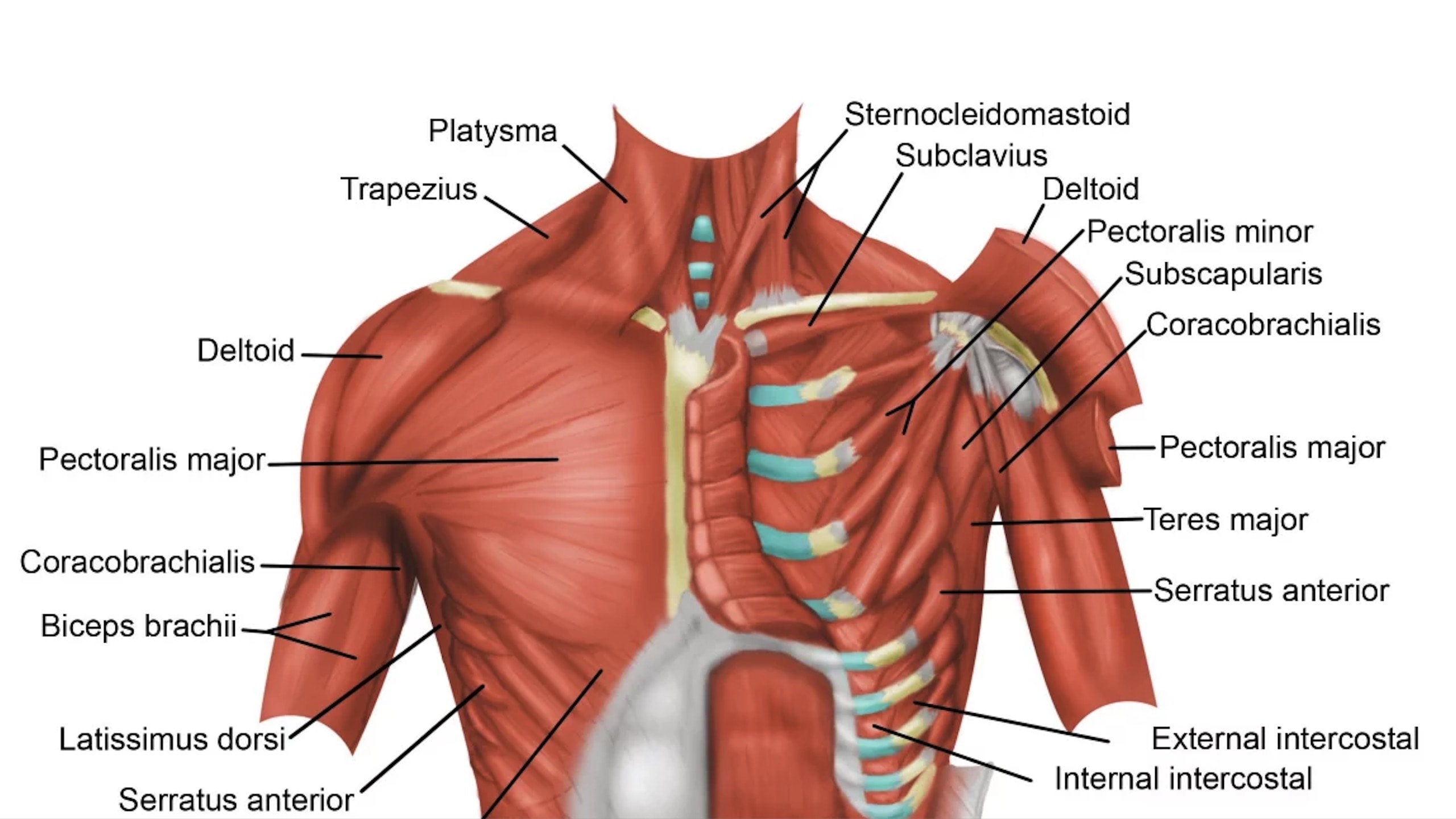
Incline dumbbell flye pulses primarily target the pectoralis major, with a particular focus on the clavicular head, commonly referred to as the upper chest. This exercise also engages a number of synergistic and stabilizing muscles throughout its execution. Below is a detailed breakdown of the muscle groups involved:
Primary Muscle Group
- Pectoralis Major (Clavicular Head): The incline angle of the bench emphasizes the strain on the clavicular head of the pectoralis major, leading to increased activation and development of the upper portion of the chest muscles. The pectoralis major is responsible for movements such as flexion, adduction, and inward rotation of the humerus.
Secondary Muscle Groups
- Pectoralis Major (Sternal Head): Though the focus is on the upper chest, the sternal head of the pectoralis major also receives significant tension during the exercise, contributing to the overall chest development.
- Deltoid (Anterior Part): The anterior deltoids are involved in stabilizing the shoulder joint throughout the movement, assisting in the horizontal adduction of the arm.
- Biceps Brachii (Short Head): The biceps brachii, particularly the short head, plays a stabilizing role during the exercise, given its function in shoulder joint stabilization.
Stabilizing Muscles
- Rotator Cuff Muscles: The group of muscles and tendons that surround the shoulder joint (supraspinatus, infraspinatus, teres minor, and subscapularis) act as stabilizers to keep the humerus securely in the socket as the arms move in an arc.
- Scapulothoracic Muscles: Muscles that attach the scapula to the thoracic wall, including the serratus anterior and trapezius, help in stabilizing the shoulder blades during the exercise.
- Forearm Flexors: Involved in gripping the dumbbells, these muscles help in maintaining a firm grip throughout the exercise, ensuring the weights are controlled during the pulsing motion.
Additional Engagement
While the primary focus of incline dumbbell flye pulses is on the upper pectoral region, the nature of the movement and the stabilization required from the body mean that the core muscles, including the rectus abdominis and the obliques, are also engaged to maintain posture and balance throughout the exercise.
Understanding the specific muscle activation and biomechanical implications of incline dumbbell flye pulses can aid in designing targeted rehabilitation or strength training programs. This exercise can be particularly beneficial for individuals looking to improve upper body strength, muscular endurance, and aesthetic appearance, as well as for athletes aiming to enhance performance in sports that require strong and responsive chest muscles.


